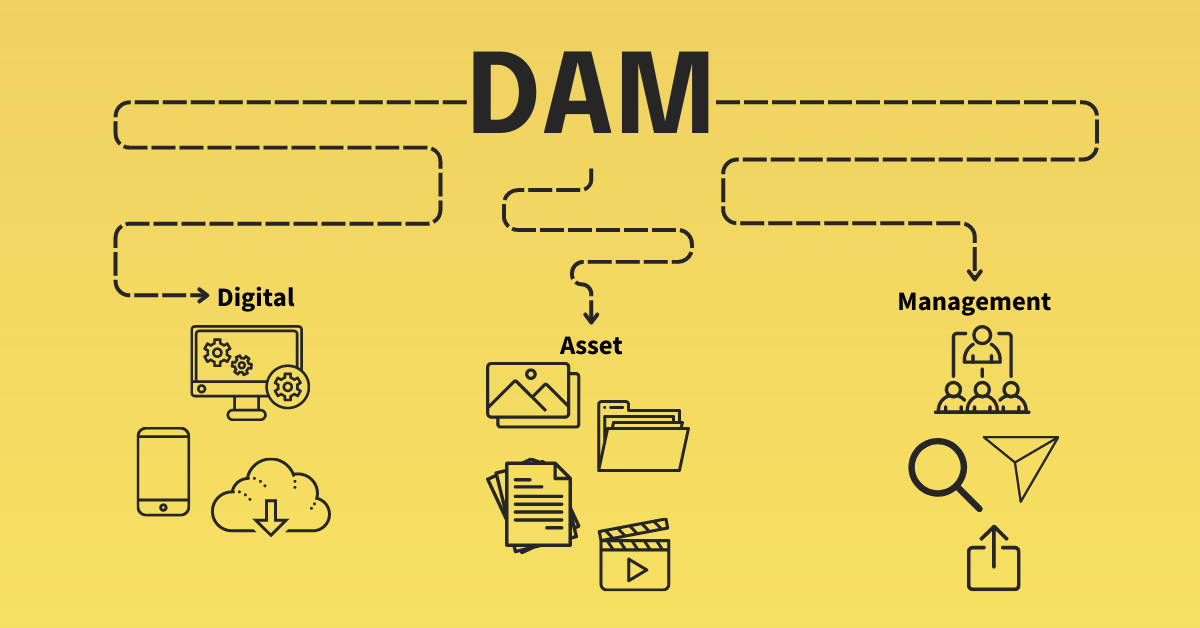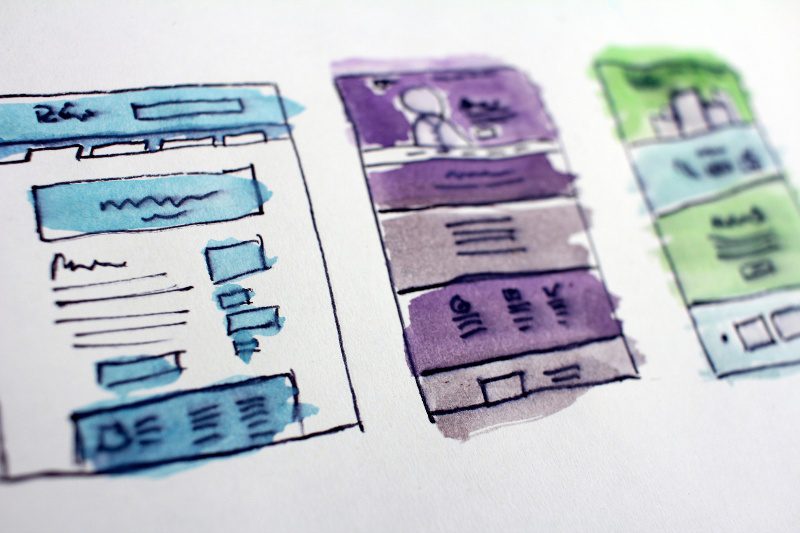What Is Digital Asset Management and What Differentiates It?


The Definition
New to DAM? No problem. Let's start by identifying what DAM means.
One definition describes DAM as “a business process for organizing, storing and retrieving rich media and managing digital rights and permissions.”
So what is it? A process or a system?
Well, it’s both.
If you are organizing, storing, accessing, and distributing digital assets, you are engaging in digital asset management. The issue is, that properly managing them without a digital asset management platform is exceedingly difficult and will almost always lead to lost assets and wasted time. If you're a company selling products, mismanaged digital assets can even interfere with things like product launches, retailer relationships, and the ability to build customer trust.
A digital asset management system is a purpose-built platform designed to make organizing your assets easy, secure, and accessible.
Hallmarks of DAM
There are certain things that a solution must feature to be an effective digital asset management platform.
- Storage
Ensuring there is enough storage offered by your chosen solution to meet your requirements is critical. You want to be able to operate with all of your assets living in the same place to increase organization and efficiency.
- Organization
Library, folders, sub-folders, sections, etc. A digital asset management solution must have some type of organizational structure. Keeping everything in one folder or scattered randomly is no good because it's impossible to find! That's why leveraging a DAMs purposefully designed organizational features is important to increase efficiency and effectiveness.
- Access
A comprehensive DAM will allow designated administrators to assign permissions for many individual users or teams of users. Some files may be universal at the brand level and used across an organization, others may be limited to certain teams, and some other files may be the individual files of a particular user.
- Security
Brand assets are valuable as both time and money go into their creation. Even basic security should be considered imperative. A DAM platform will be created with security in mind and comprehensive DAMs will have gained certain security designations. - Integrations
There are probably platforms you use every day for various tasks; tools like WordPress, Canva, or Adobe Creative Suite. Finding a DAM that offers integrations to external platforms like these will help make the most of your DAM and streamline your day-to-day workflows.
If you're a product company and looking for help managing your product information consider the benefits of a unified DAM and PIM (product information management) platform. All the organizational and management benefits typically offered for your digital assets but extended to your product information.
- Distribution
Getting the files from their central location to other users or to another platform on which the files can be utilized is an important piece of digital asset management. At the lowest level, there is the ability to download a file, and then you may have common or more advanced functions like direct sharing with other users or publishing to content management systems or social media platforms.
Storage, organization, access, security, and distribution are the hallmarks of digital asset management.
Those are the core priorities and features of a DAM but more expensive DAM platforms will offer other benefits as well. One is collaboration. This means the solution allows different users to work together with digital files within the same platform. Some solutions, like Image Relay, allow users to work together on a platform to collaborate on projects using the brand’s assets. Other areas include search capabilities and managing underlying metadata of files. More sophisticated features include versioning management and audit and analytics capabilities for understanding file usage and user activity. Some even include digital proofing for content creation. These types of functions help make digital asset management not only an effective way to manage your assets but also a way to ensure a return on investment.
Other Terms
We see some other terms come up in discussions about digital asset management. Sometimes these terms get used interchangeably and that adds to the confusion some might have about this area. Let's clear them up!
Brand Management - You’re managing your brand’s assets, so it’s brand management, right? Right?!
Well, while digital asset management can be an important part of managing your brand, the words aren’t that interchangeable. Brand management can be a lot broader and include the overall management of the brand - the planning, analysis, and marketing of how the brand lives in the market. It’s not just about digital assets, it’s about price, packaging, and everything else about the experience that the customer has with the brand.
Content Management - The big difference between content management and digital asset management is that content management has traditionally been used to refer to the systems with which someone publishes digital content. For example Wordpress and HubSpot both offer CMS platforms. While you can organize and manage files using a system like HubSpot, the purpose is to serve these assets to the web.
Rich Media Asset Management, Media Asset Management, Digital Content Management, Digital Media Management - Although these, in theory, could all be interchangeable with Digital Asset Management they are used infrequently and aren't as clear. We recommend sticking to DAM for clarity's sake.



